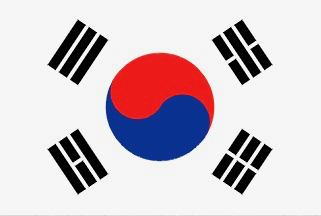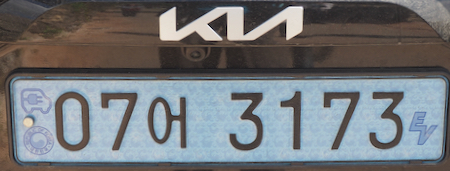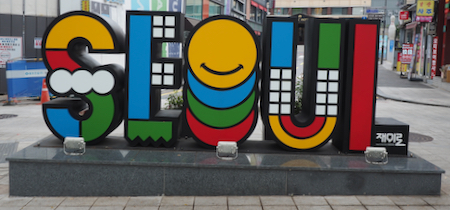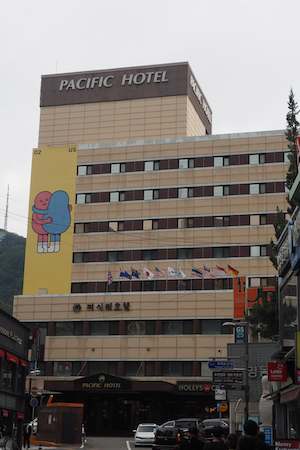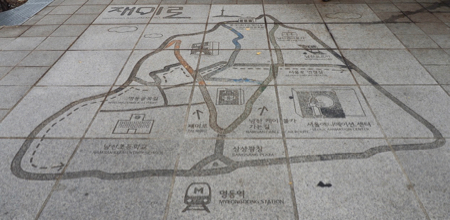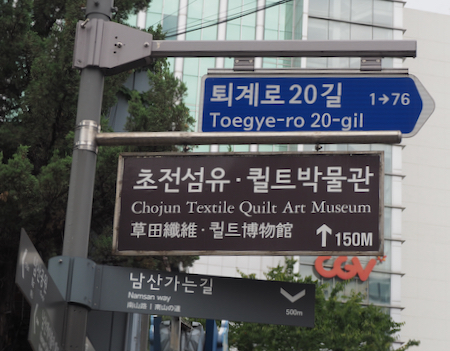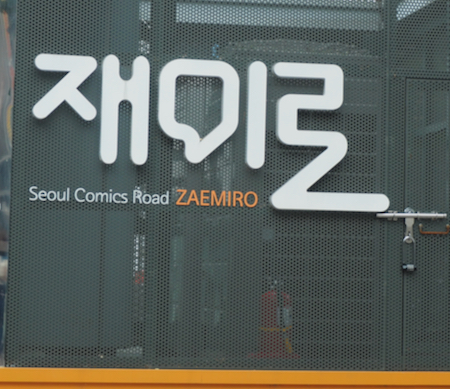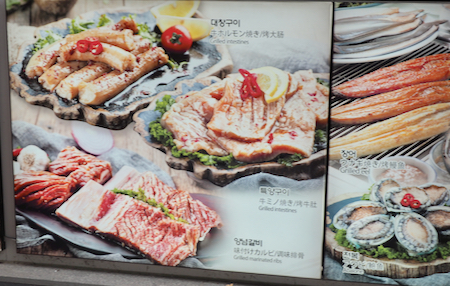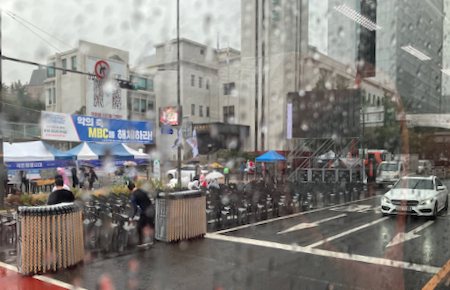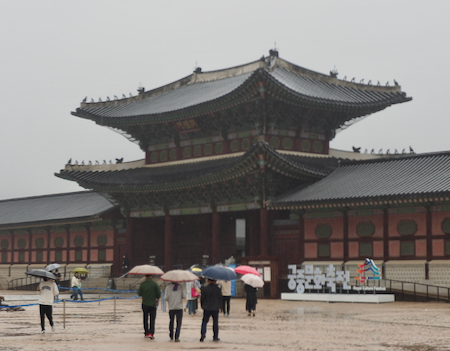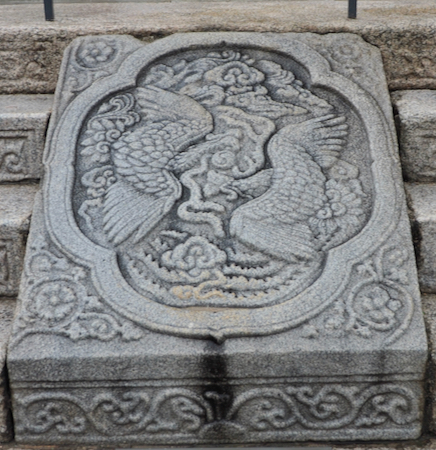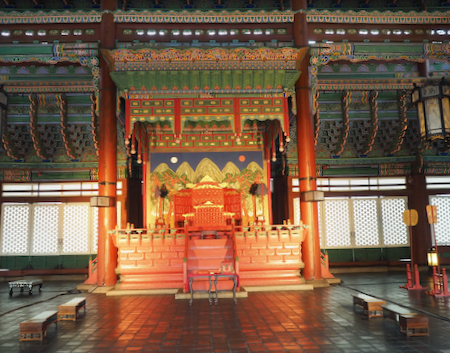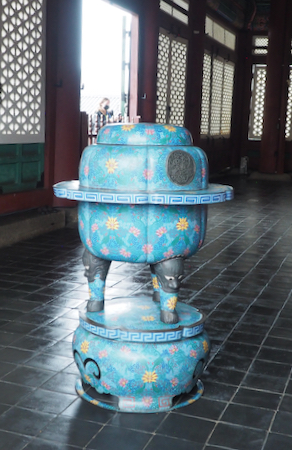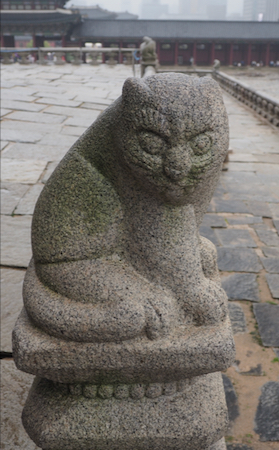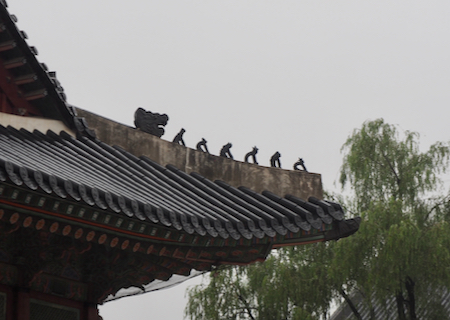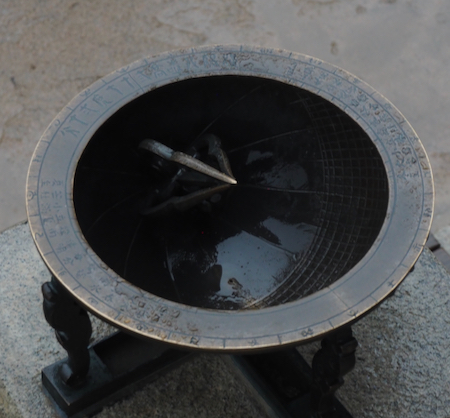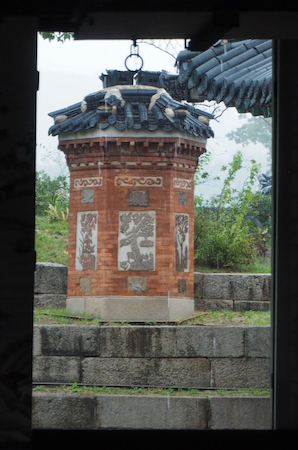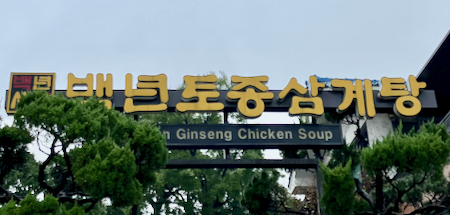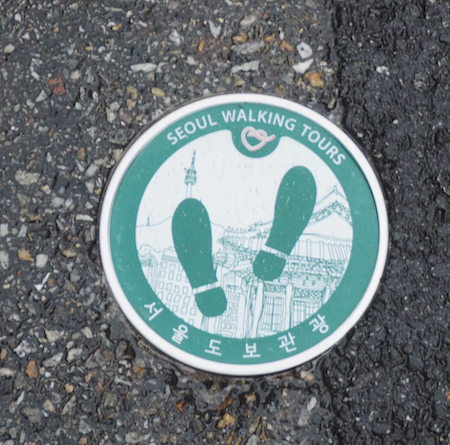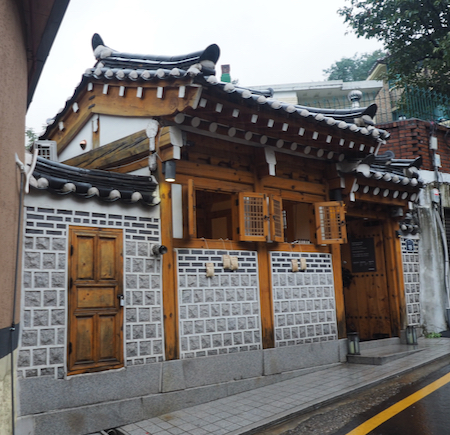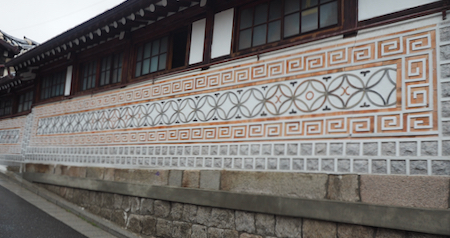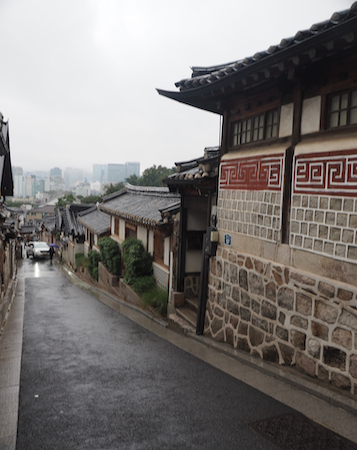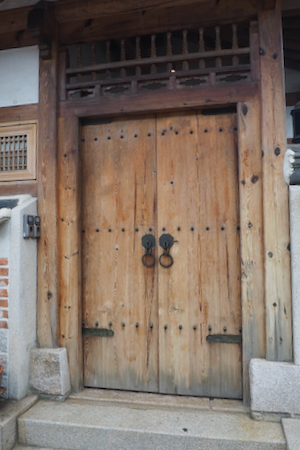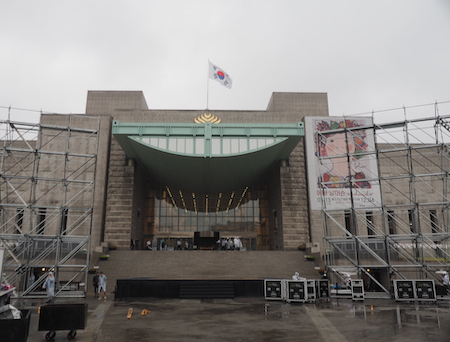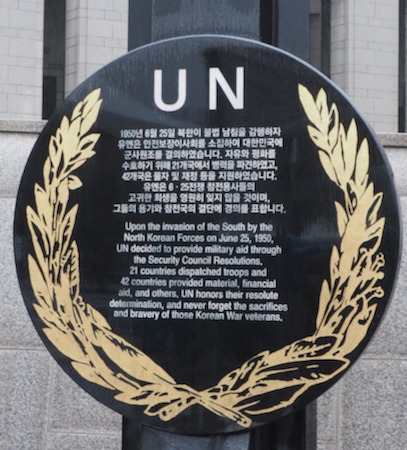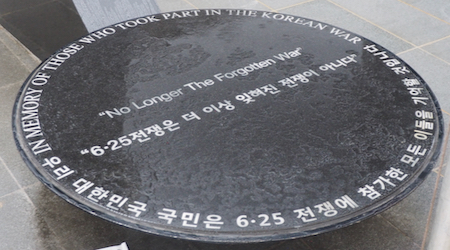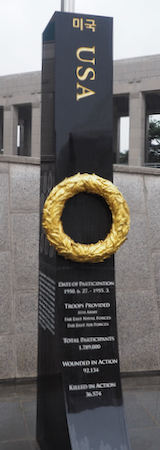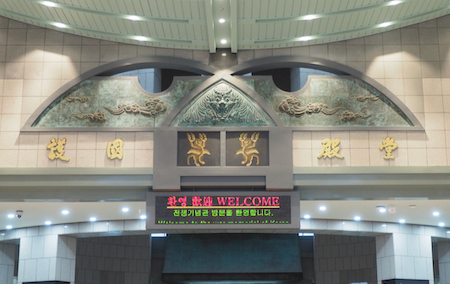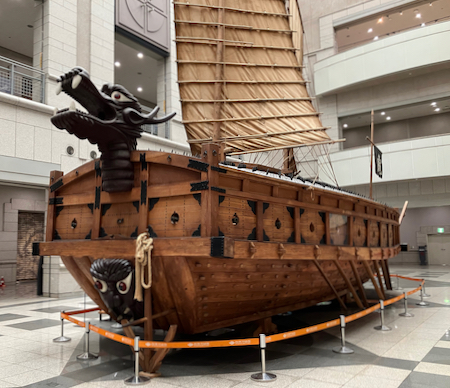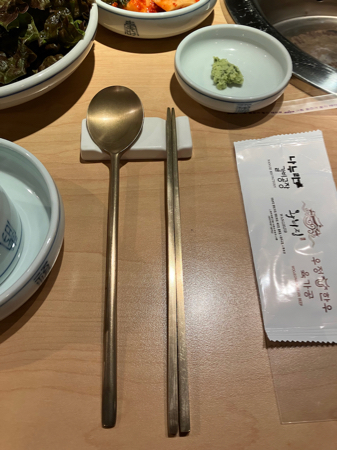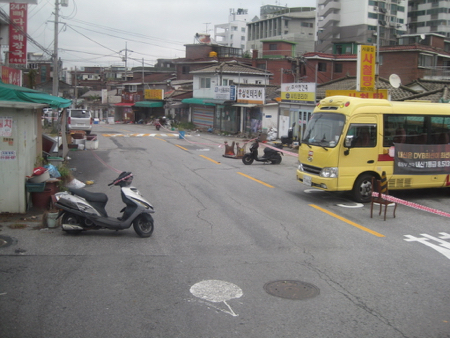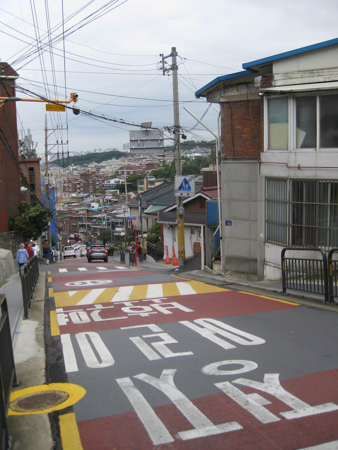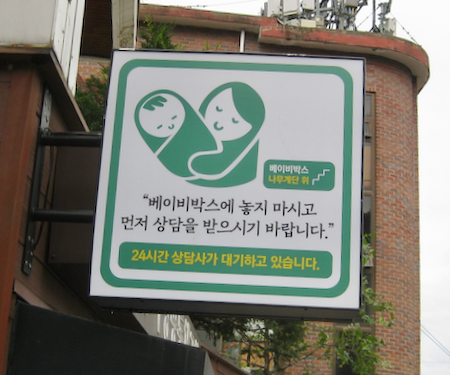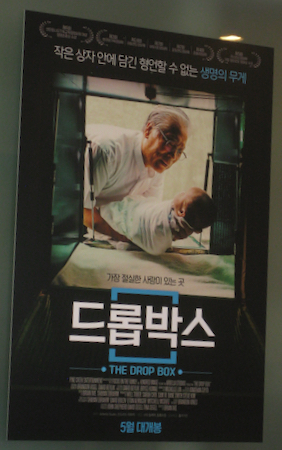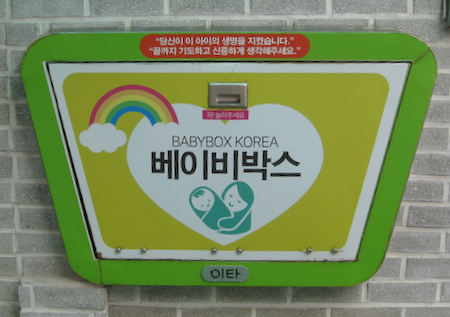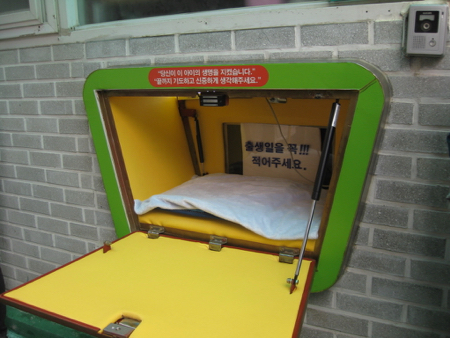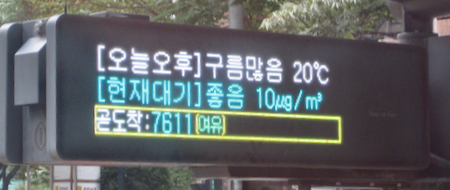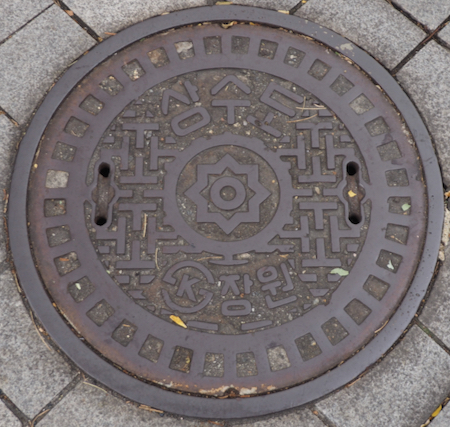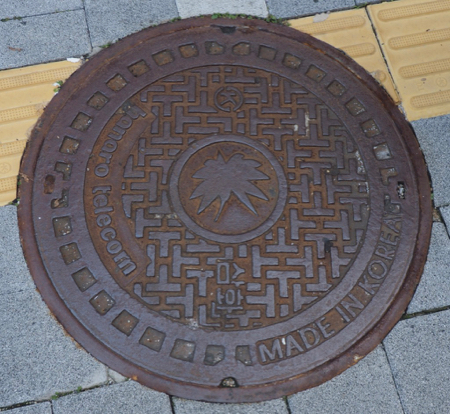OAT: South Korea and Japan: Temples, Shrines, and Treasures
September 29 - October 15, 2022
The last trip of 2022 was to the Far East to South Korea and Japan. These are places we had never gone before. Since the flight times are so long, we did two OAT tours back-to-back: this one to both South Korea and Japan and then a second tour called Japan's Cultural Treasures. There was some overlap of places and information in Japan, but sometimes that is a good thing - it reinforces and also usually gives information that either you missed the first time or something new from a different tour leader. We found both countries to be fascinating. There are both many similarities and many differences. It was an enjoyable 36 days in a new - for us - part of the world.
September 29 - October 1
October 2
Seoul: Neighborhood Walk
October 3
Seoul: Gyeongbokgung Palace; Bukchon Hanok Village; Korean War Museum
October 4
Seoul: Pastor Lee's "Drop Box"
October 5
Seoul: Oeam Village; Seoul Tower
October 6
Seoul: DMZ
October 7
Seoul: Bridges over the Han River; Toilets; Fly to Tokyo:
October 8
Tokyo: Sumo Wrestlers; Bonsai
October 9
Tokyo: Japanese Drums; Senso-ji Complex; Asakusa District; Tokyo Dome City
October 10
Toba: Shinkansen Bullet Train; Nagoya; Kotai Jingu Sanctuary
October 11
Toba: Pearl Farm; Women Free-Divers; Lunch; Kimono Dinner
October 12
Tokyo to Kyoto via Nara: Todaiji Buddhist Temple; Maiko and Geiko presentation
October 13
Kyoto: Fushimi Inari Shrine; Nishiki Market; Kinkakuji Temple (Golden Pavilion); Kyoto Train Station at night
October 14
Kyoto: Tenryuji Temple; Bamboo Forest; Nijo Castle; Japanese Tea Ceremony
October 15
Fly Osaka to Tokyo: Begin Japan's Cultural Treasures - Tokyo pre-trip
Thurs., 9/29/22 - Tucson to San Francisco, CA
Our adventure began at 11 AM when ArizonaGo picked us up at our house and drove us to the Tucson Airport. We flew United to San Francisco, picked up our luggage, and took the hotel shuttle service to the La Quinta North hotel. The day was completed with dinner at a nearby Denny’s and then back to the hotel for the night.Fri., 9/30 - San Francisco to Seoul, Korea
After a light breakfast at the hotel, the 7:15 AM shuttle returned us to the airport. Check in was quick - no one was in line at United. Security check was quick, even at the international terminal. We went to the gate and found out our plane had a mechanical problem and we would have to wait for the United plane arriving from Seoul to come in, be emptied, cleaned, and loaded for the return to Seoul. So, instead of leaving at 12:15, the flight departed at 3:15 for the 11 hour and 45 minute flight across the Pacific.Sat., 10/1 (we crossed the International Dateline) - Seoul, South Korea
We arrived in Seoul and moved quickly through the lines. The COVID line was fast because we had a “QCode” on our cell phones. The K-ETA forms were filed online and, therefore, passport control was quick. Our suitcases arrived and we exited customs with nothing to declare. An OAT rep met us at the exit at 6:15 PM, told us we did not need a PCR COVID test (Hooray!), and took us to our taxi driver who didn’t speak English, so it was a silent ride to the hotel.
The taxi arrived at the Pacific Hotel in Myeong-dong at 7:15 PM. “Dinner” consisted of PB & J sandwiches from home - the sixth meal of whatever day it was. Bed-time was at 4 AM US time or 8:00 PM Seoul time.
OAT: South Korea and Japan: Temples, Shrines, and Treasures
We did only the main trip, neither of the pre-trips
Flag of South Korea
Regular License Plate
Electric Vehicle License Plate
Sun., 10/2 - Seoul
We “slept-in” until 7 AM, got up, and went to Holly’s Coffee shop attached to the hotel to use a hotel voucher for 7,000 KW (Korean Won) to buy breakfast. The hotel’s buffet breakfast is not operating because of COVID. Blueberry bagels, cream cheese, and coffee cost an additional 2,000 KW, or $1.39.
After breakfast, we walked around the area near our hotel. There are lots of small restaurants, coffee shops, food, and pharmacy stores. Still couldn’t find an ATM machine that would accept our ATM cards, so we still have no Korean money. Not a problem as long as places take credit cards.
For lunch, Holly’s Cafe had another version of a Croque Monseur. It was a good sandwich. We rested all afternoon and then met our tour leader, Pam, in the lobby. She came to our room and verified there is only one light switch for the entire two rooms with 5 lights in the living room and five in the bedroom - all go on, or all go off. She also deciphered the fancy toilet for us - front and back bidets and a “heated massage” to encourage “toileting!” Pam and I went out to check three more ATMs but none worked for our card. She also suggested what to order at a nearby restaurant for dinner. We did eat there. It cost 16,000 KW or $11.20. The US dollar is much stronger than the Won at this time.
Welcome to Seoul
Our hotel with a cute sign/logo out front
Map on the sidewalk of the subway system
Some of the English alphabet words help
Sign for Comics Road
Restaurant specialties: top left and center - Grilled Intestines; bottom left - Grilled, Marinated Ribs; right center - Grilled Eel; and bottom right - Abalone
Mon., 10/3 - Seoul
Breakfast: for OAT, the hotel put out hard boiled eggs, cereal, bread to toast, half bagels, and milk, juice, and coffee. It was minimal, but better than nothing.
At 9 AM we had our Welcome Briefing and met the other 14 members of our group. Two are from CO and four from Philadelphia, but I didn’t know any of them.
After the briefing, we got on a large motor coach and went to visit the Gyeongbokgung Palace in the rain. This was the main royal palace of the Joseon dynasty (1392 - 1897). Entry to the complex was through three gates and across open spaces that led to the building where the king’s throne once was. Next was the hall where the rulers held daily assemblies and carried out government duties; the king’s living quarters; and the queen consorts’ living quarters. By now it was pouring rain. Everyone got drenched and the group headed back to the bus to try to warm up, if not dry off.
Setting up for a program along the street
It was really raining by the time we got to the palace!
Heungnyemun Gate - the second inner gate
Roof detail - Heungnyemun Gate - the second inner gate
King's Throne in the Gyeongbokgung Palace
In the Gyeongbokgung Palace
Outside Gyeongbokgung Palace
Roof detail - Gyeongbokgung Palace
Unusual Sundial
Lunch was at a chicken soup restaurant. The “soup” consisted of a bowl of broth with slivers of green onion and a whole chicken - skin and bones included, but not the head and feet - with the inside stuffed with sticky rice. It was hard eating with chop sticks and a spoon. Many resorted to fingers. The meal also included red spicy garlic, cabbage, and celery.
After lunch, the group walked through the Bukchon Hanok Village, an area of old-style houses. It was still raining hard.
Restaurant sign and mascot
Nice walking tour sign
Bukchon Hanok Village
Bukchon Hanok Village
Bukchon Hanok Village
Bukchon Hanok Village
Bukchon Hanok Village
Back to the bus to drive to the Korean War Museum where we first looked at the monuments around the outside.
Pam took us through two wings of the museum that outline the sequence of the war. The presentation attempts to give an accurate history of war events beginning with the end of Japanese occupation of Korea in 1945, to the Russian and US document creating a North and South Korea in 1948, to the invasion of South Korea by North Korea on June 25, 1950, to the UN agreeing to come to the aid of South Korea, etc.
Since the President of South Korea never signed the treaty reestablishing a North and South Korea in 1953 (because he wanted reunification and not two separate countries), the war technically is still not over.
There are other sections of Korean history in the museum that we did not visit. The replica of a Geobukseon, or tank of the sea, ship, used in a naval battle in 1019, was interesting. It has a closed deck with metal spikes studding the surface so the enemy could not climb on board and fight with swords.
Korean War Museum
UN Monument
In memory of those who took part in the war
US Monument - one of 22 dedicated to the countries who took part in the action
Entrance hall
Replica of a Geobukseon, or tank of the sea, a ship used in a naval battle in 1019. Note the closed deck with metal spikes studding the surface so the enemy could not climb on board and fight with swords
Replica of a Geobukseon
Notice that Korean chopsticks have flat sides, they are not roundBack at the hotel, we had about and hour and a half to dry out before going to our Welcome Dinner of Korean BBQ and Korean beer. We walked to the restaurant and back in the rain. Dinner was lots of little things and pork and beef cooked at our table. Gale had seaweed squares to wrap rice in and eat instead of the fish soup everyone else had. Everything was tasty.
Tues., 10/4 - Seoul
This morning our big motor coach took us to learn about the Baby Box operation run for taking care of unwanted newborn babies. The operation was started by Pastor Lee Jong-rak who had a profoundly disabled son. Helping his son in the hospital led to him helping others with disabled newborns and later unwanted babies.Women, many very young, can leave their newborn at the center and leave with no questions asked or they may stay and receive counseling. We listened to the history of their project told by a woman who works there.
Street scene
Store-front take-out
Street scene
Sign for the Baby Box facility
Poster showing Pastor Lee Jong-rak, the "Baby Box" doctor
Door to the Baby Box
Inside the Baby Box
After the discussion, we had an OAT treat of ice cream and walked back down the steep hill, past a local market, to our bus.
"Goodies" at a fish market we passed
After our Baby Box visit, four of us went to Miss Lee’s apartment on the 12th floor of a high rise to experience a Home-hosted Lunch. Miss Lee spoke only a few words of English and, without her Google translator, we couldn’t have communicated at all. She had lunch on the table for us and showed us how to eat the many things she had made. She has a nice singing voice and gave us each a CD her friends had helped her make. She was also a trophy winning golfer.
After returning to the hotel and resting a bit, we went out to look for a souvenir spoon for Gale's collection, and found one! We also bought five pairs of “silver” chopsticks. Koreans used “silver” because they would turn black if someone tried to poison the food.
Sign for some of the many bus lines
Bus information
Interesting sign produced with living plants
Seoul Tower
Manhole covers are one of the things I photograph everywhere we travel. There were many very interesting and colorful (not these) ones in south Korea and Japan, as you will note as you go through these pages.

